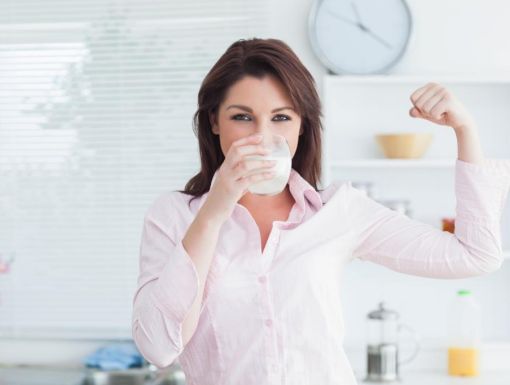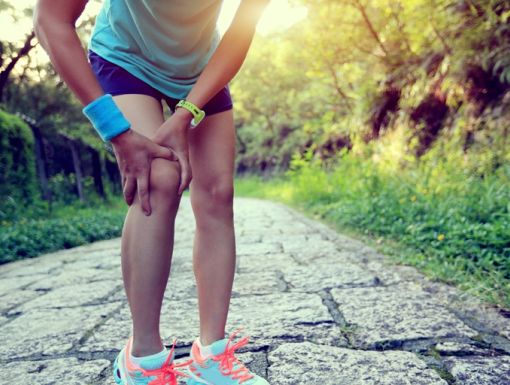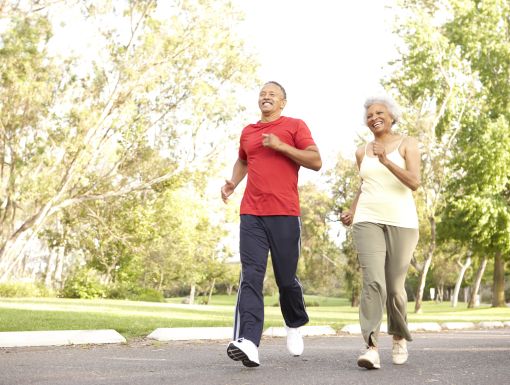
How You Can Prevent and Treat Osteoporosis
Osteoporosis
Osteoporosis is a bone disease that causes bones to become weak and brittle. It is a combination of low bone density and poor bone quality. Weakened bones may break from a fall or, in advanced cases, from sneezing or bumping into an object. A healthy bone looks like a honeycomb when viewed under a microscope. When a person has osteoporosis, which means “porous bone”, the holes and spaces in the honeycomb are much larger than they would be in a healthy bone.
Osteoporosis risk factors include:
- Race, age and gender
- Vitamin deficiencies
- Genetics
- Smoking
- Excessive alcohol use
- Some medications
- Sedentary, inactive lifestyle
How to have healthy bones
According to the National Osteoporosis Foundation, about 54 million Americans have osteoporosis and low bone mass, placing them at increased risk for fracture. Studies suggest that approximately 1 in 2 women and up to 1 in 4 men age 50 and older will break a bone due to osteoporosis.
So, what can you do to help lower your risk for osteoporosis?
Get enough calcium
In addition to building bones and keeping them healthy, calcium enables your blood to clot, muscles to contract and your heart to beat. About 99% of the calcium in your body is in your bones and teeth.
Some calcium-rich foods include:
- Milk
- Soymilk
- Yogurt
- Cheese
- Green vegetables
- Collard greens, frozen
- Broccoli rabe
- Kale
- Soybeans
- Bok Choy
- Dried figs
- Broccoli
- Cereals
- Breads
- Calcium supplements
Get enough vitamin D
Vitamin D protects your bones by helping your body absorb calcium. It also supports your muscles. While you may think of vitamin D being important for kids, children aren’t the only people who need vitamin D. Adults also need vitamin D to keep their bones healthy. Vitamin D deficiency can increase the likelihood of developing osteoporosis, among other health issues.
There are three main sources of vitamin D.
- Sunlight. Go outside for 10-30 minutes to soak in some rays. Just make sure you are wearing SPF. Your skin stores the vitamin D from sunlight within your body’s fat stores for later use. How much vitamin D your skin can produce depends on time of day, season, latitude, skin pigmentation, age and other factors. Vitamin D deficiency is more common in the winter months, which can also contribute to seasonal depression.
- Food. Some sources of vitamin D in food include the following:
- Vitamin D supplements. If you aren’t getting enough vitamin D from sunlight and food, consider taking a supplement. Before adding a vitamin D supplement to your routine, check to see if any of the other supplements, multivitamins or medications you take contain vitamin D. Many calcium supplements also contain vitamin D. You should also consult with your healthcare provider to make an informed decision.
Strengthen your muscles
Weightlifting and muscle strengthening exercises are important parts of maintaining good bone density. However, it’s important to consult your doctor before starting any exercise program, especially for osteoporosis. You may need some tests first, including a bone density test and fitness assessment. The Ochsner Bone Health Clinic in Baton Rouge can help you.
Once you’ve received the go-ahead to include weight lifting and resistance exercises into your daily routine, you can start with some of the following activities:
- High-impact exercise. Try dancing, aerobics, jogging, running, stair climbing or tennis.
- Low-impact exercise. Consider the low-impact aerobics, stair step machines, walking, yoga, stability exercises, swimming or cycling.
- Strength training. Try lifting weights that challenge you within your fitness level. You can do this using exercise bands or weight machines. Body-weight activities (no equipment) are also a great way to start building and strengthening your muscles. Make sure you include back exercises to keep your back strong.
Ochsner Bone Health Clinic can help
Osteoporosis is known as the silent disease. People can have osteoporosis while being asymptomatic, which means without showing any signs or symptoms. Often, suffering a minor bone fracture, usually to the hip or spine,) can be a sign of osteoporosis. Other signs include noticing that you are getting shorter or that your upper back is curving forward. Because it is a disease that can be prevented and treated, an early diagnosis can make all the difference.
The Ochsner Bone Health Clinic in Baton Rouge was created to focus solely on evaluating patients who may be at risk for or have been diagnosed with osteoporosis. We encourage all patients 50 or older to be screened but especially patients who have had previous fractures. Our goal is to reduce the risk for future fractures by addressing bone health and initiating therapy if needed.
You may want to visit the Ochsner Bone Health Clinic if you are 50 or older and have broken a bone, if you have been diagnosed with osteoporosis or if you are concerned about your bone health.
Ask your provider to send a referral or call 225-761-5200 to schedule an appointment at the Ochsner Bone Health Clinic.



